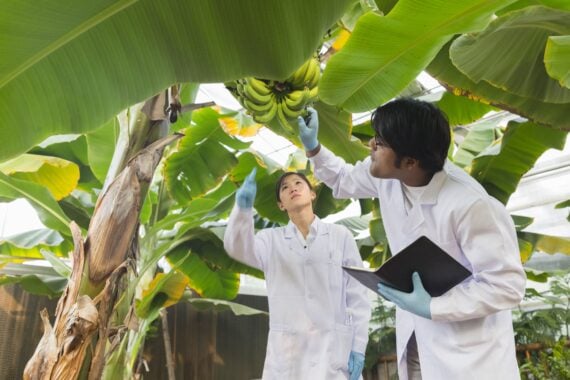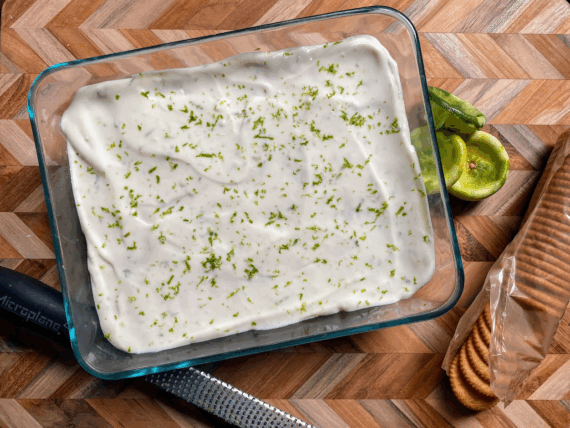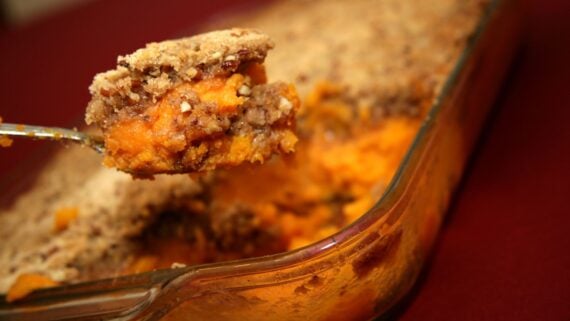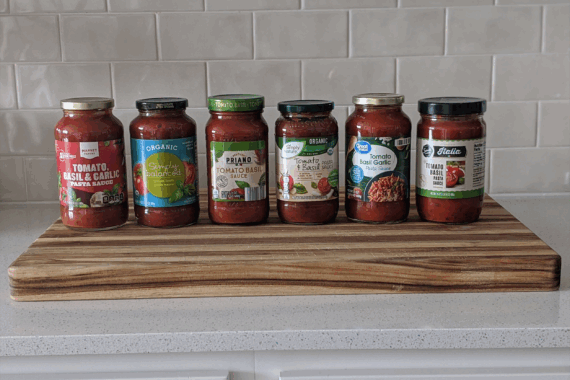Iceland can grow fruits and vegetables associated with warmer climates because the Nordic nation has geothermal energy that heats greenhouses. That’s unexpected. So was the propagation of such items as tomatoes, potatoes, and paprika in Europe following their import from the Americas. These foods changed European cuisines forever.
For more examples of foods grown in unexpected places, read on.
Bananas in Iceland
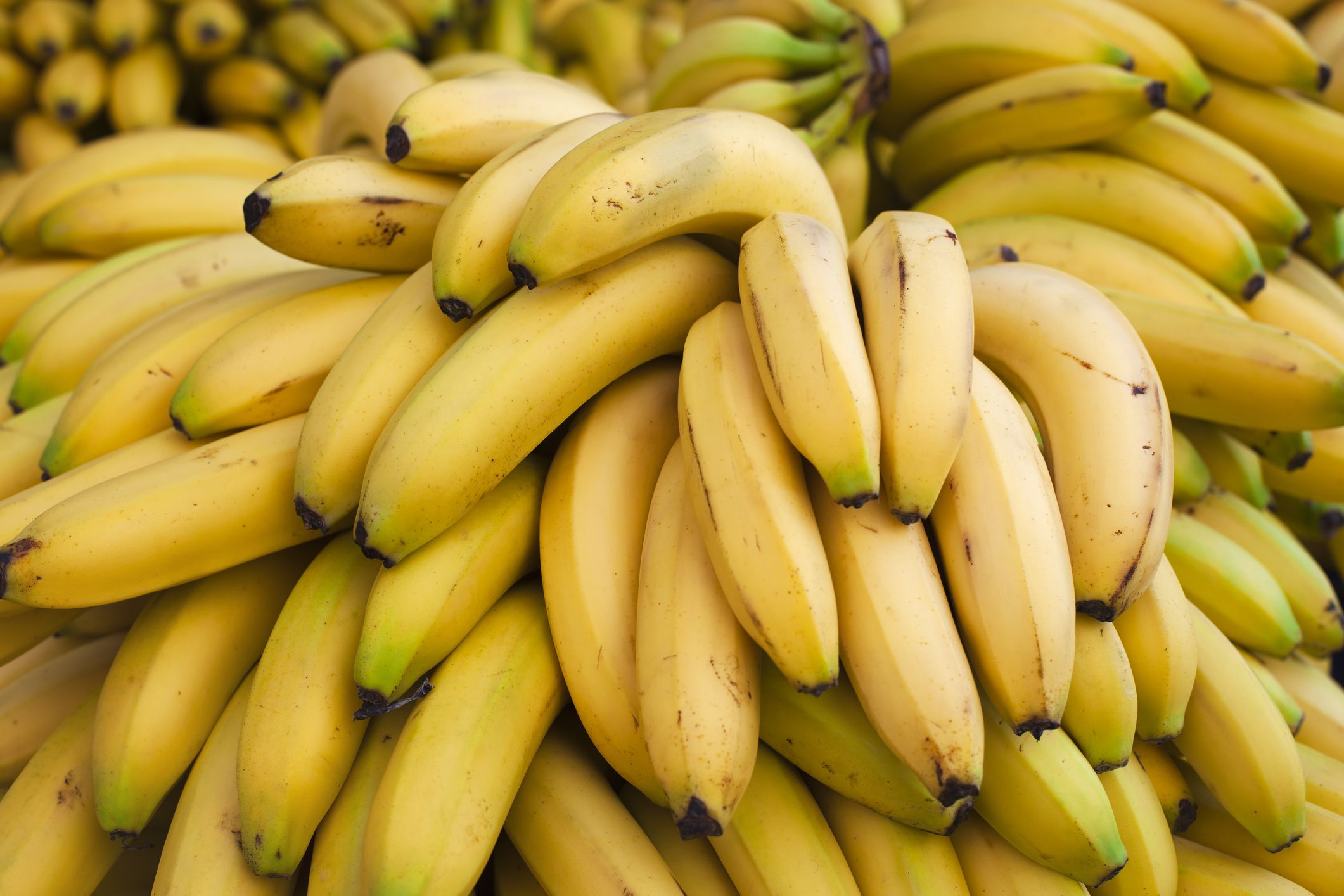
We associate bananas with tropical regions of the planet, at places near the equator. However, Iceland, one of the northernmost countries in the world, can produce them because its greenhouses are powered by geothermal energy. This is produced by heat derived from within the Earth via water or steam. Iceland began using geothermal energy to heat greenhouses in 1924, according to the Iceland National Energy Authority. Iceland is the largest producer of bananas in Europe.
Mushrooms Grow in Forests and Caves
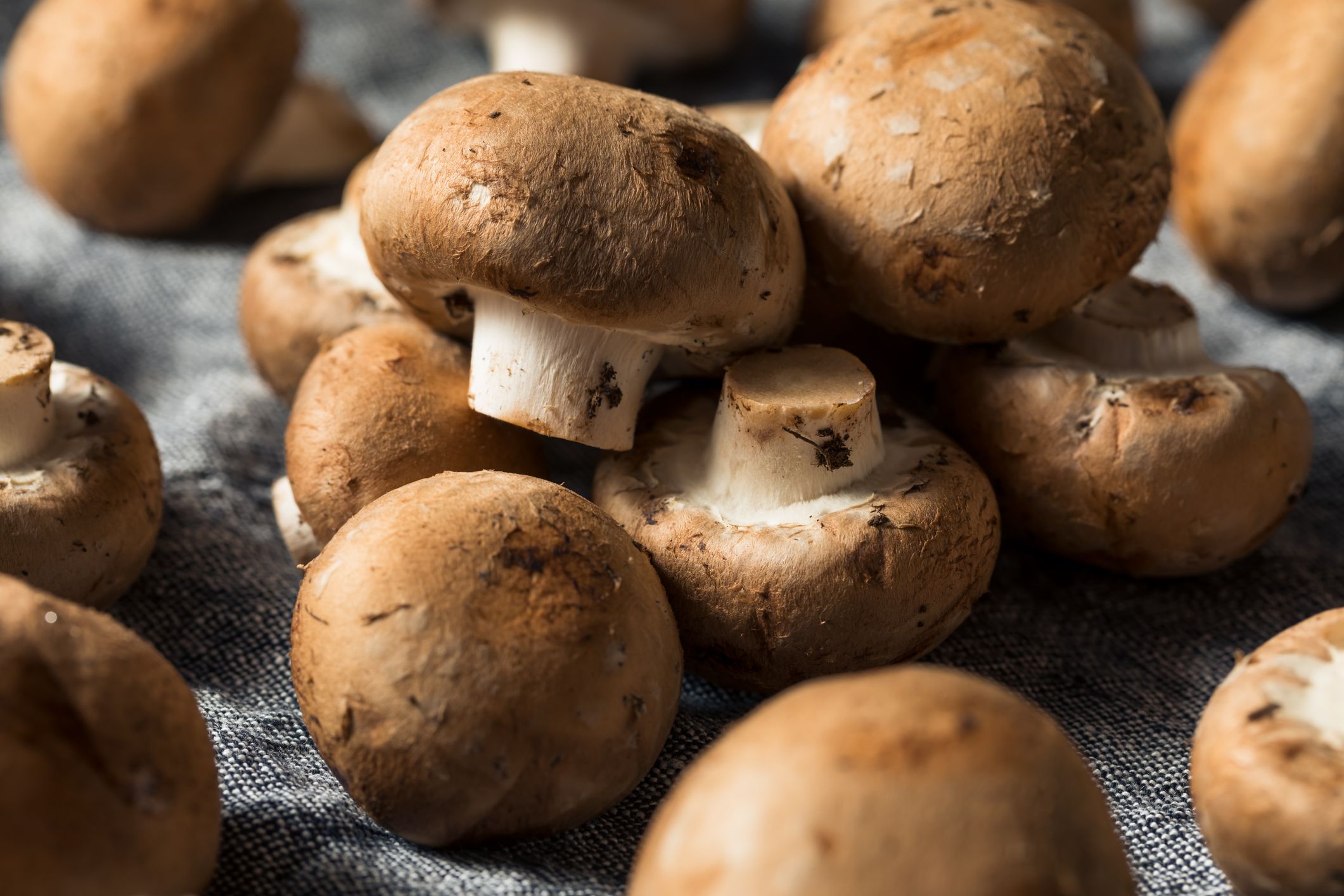
Mushrooms can grow in an amazing variety of places. People seek Morel Mushrooms in forests, railway tracks, or fencerows in North America; the Lion’s Mane Mushroom tumble out of trees; and France’s La Cave Des Roches is a maze of 75 miles of caves and tunnels used for growing mushrooms.
Pineapples in India and Europe
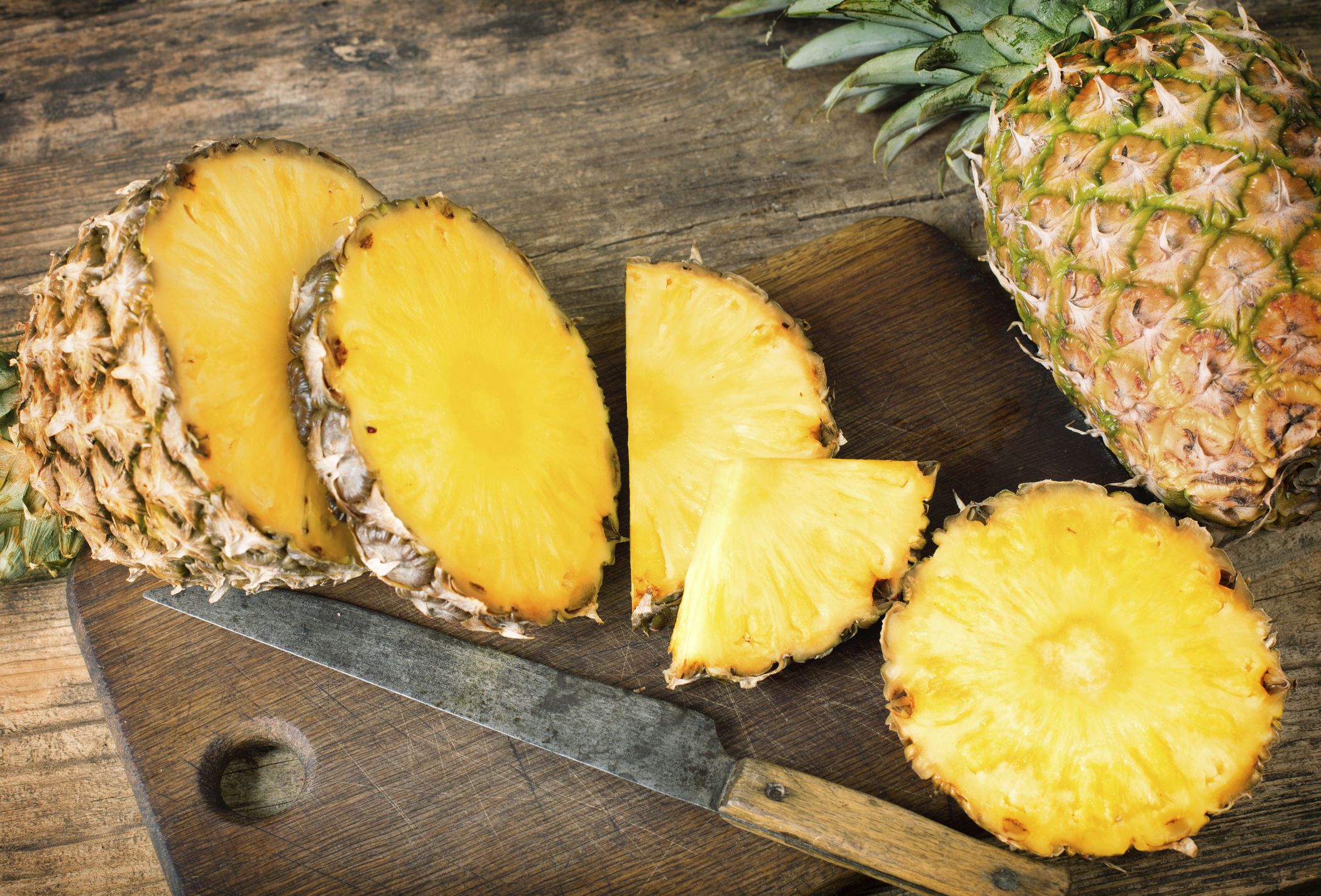
Pineapples were first cultivated in Brazil and the Portuguese brought the fruit from Brazil to India in the 16th century. Since then, pineapples have been grown in the Philippines, China, Nigeria, Indonesia, Ghana, and Vietnam, among other countries. Pineapples became a symbol of wealth in Europe. The famous gardener Pieter de la Court of the Netherlands was known for introducing exotic fruits to European elites. Pineapples were grown in greenhouses in England, at Versailles in France, and Peter the Great sampled them in Russia.
Pumpkins in China
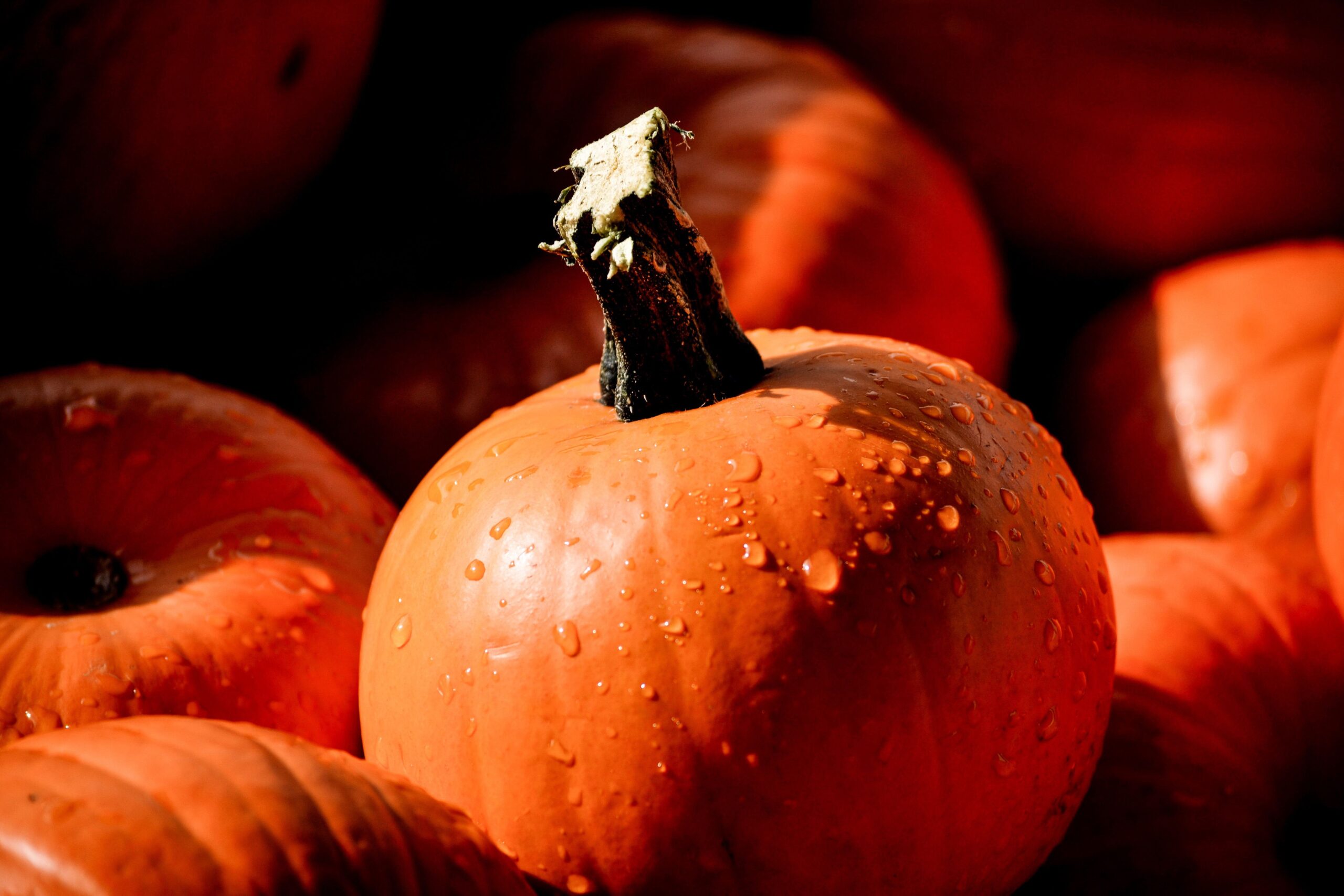
Did you know that the U.S. gets 75% of its pumpkin seeds from China — the world’s largest producer of pumpkins — even though the fruit originated in the Americas? Pumpkins were introduced to China in the 16th century. They have boosted rural economies there and helped communities survive during famine because of their ability to withstand scarce water supplies.
Jabuticaba Fruit on Brazilian Tree Trunks and Branches
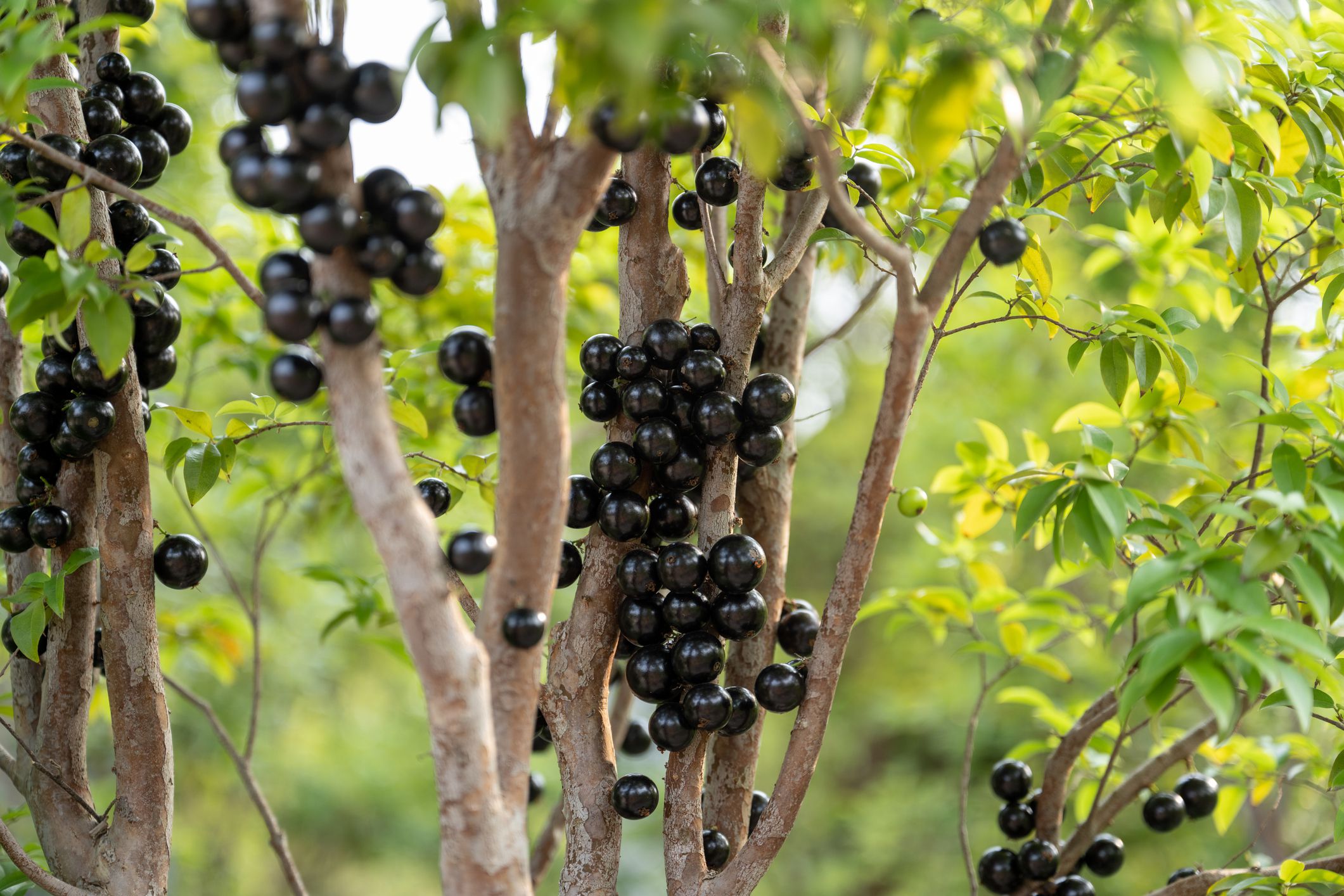
The Jabuticaba is a Brazilian fruit that grows on the side of a tree. It’s a small black fruit that resembles a grape, but without a grape’s stem. It grows all over a tree, and to the untrained eye, the tree looks like it’s infested with bugs. Besides Brazil, the fruit has been reported in other parts of South America, and in California and Florida.
Trending on Cheapism
Potatoes in Ireland
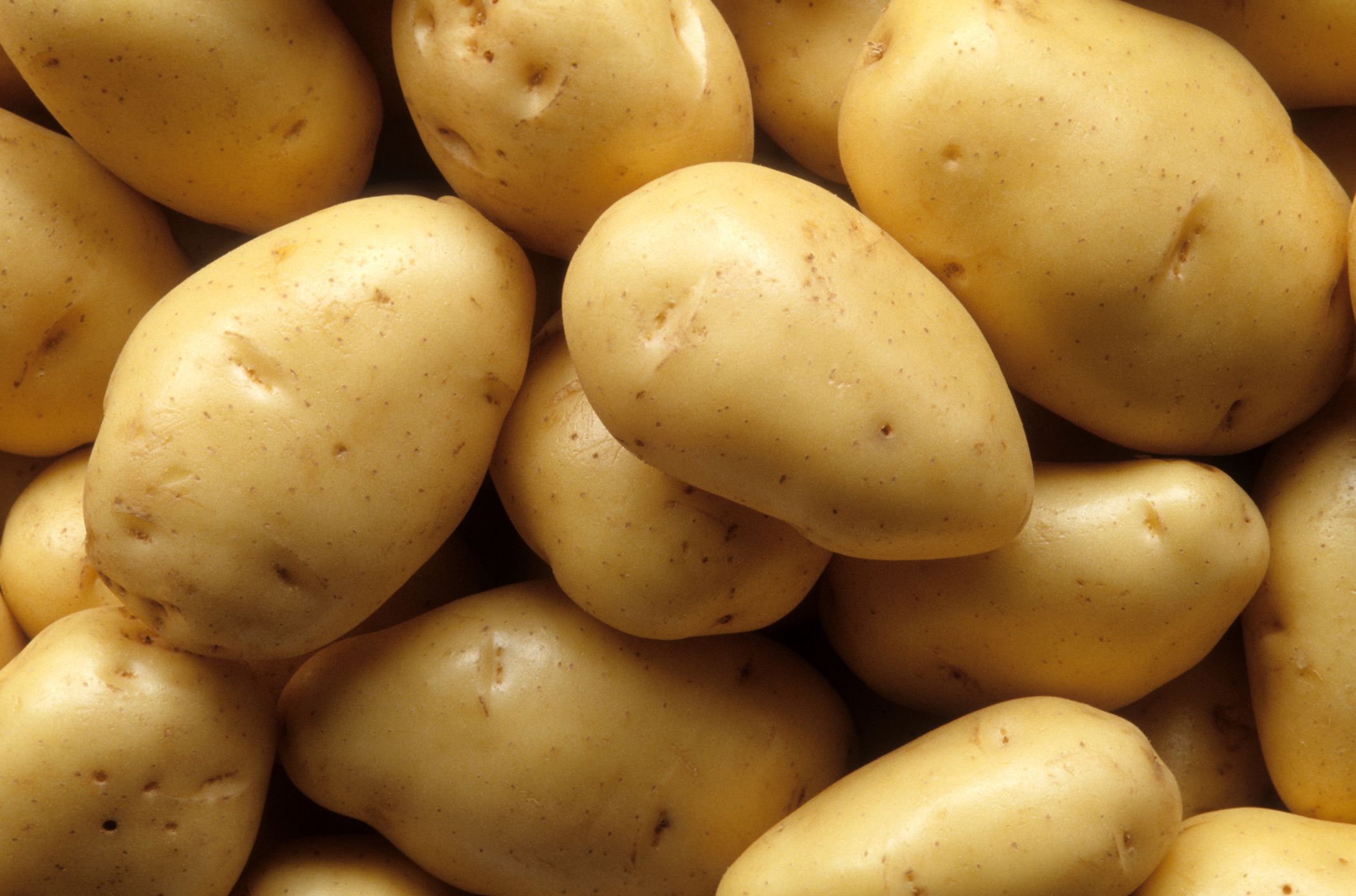
Potatoes are synonymous with Ireland, but that wasn’t always so. As part of the Columbian Exchange — in which food from the Americas was introduced to Europe and vice versa — potatoes were introduced to Europe. Potatoes were desired because they could grow in land unsuitable for other crops. As a result, the population in Ireland and other European nations soared.
Tomatoes in Iceland
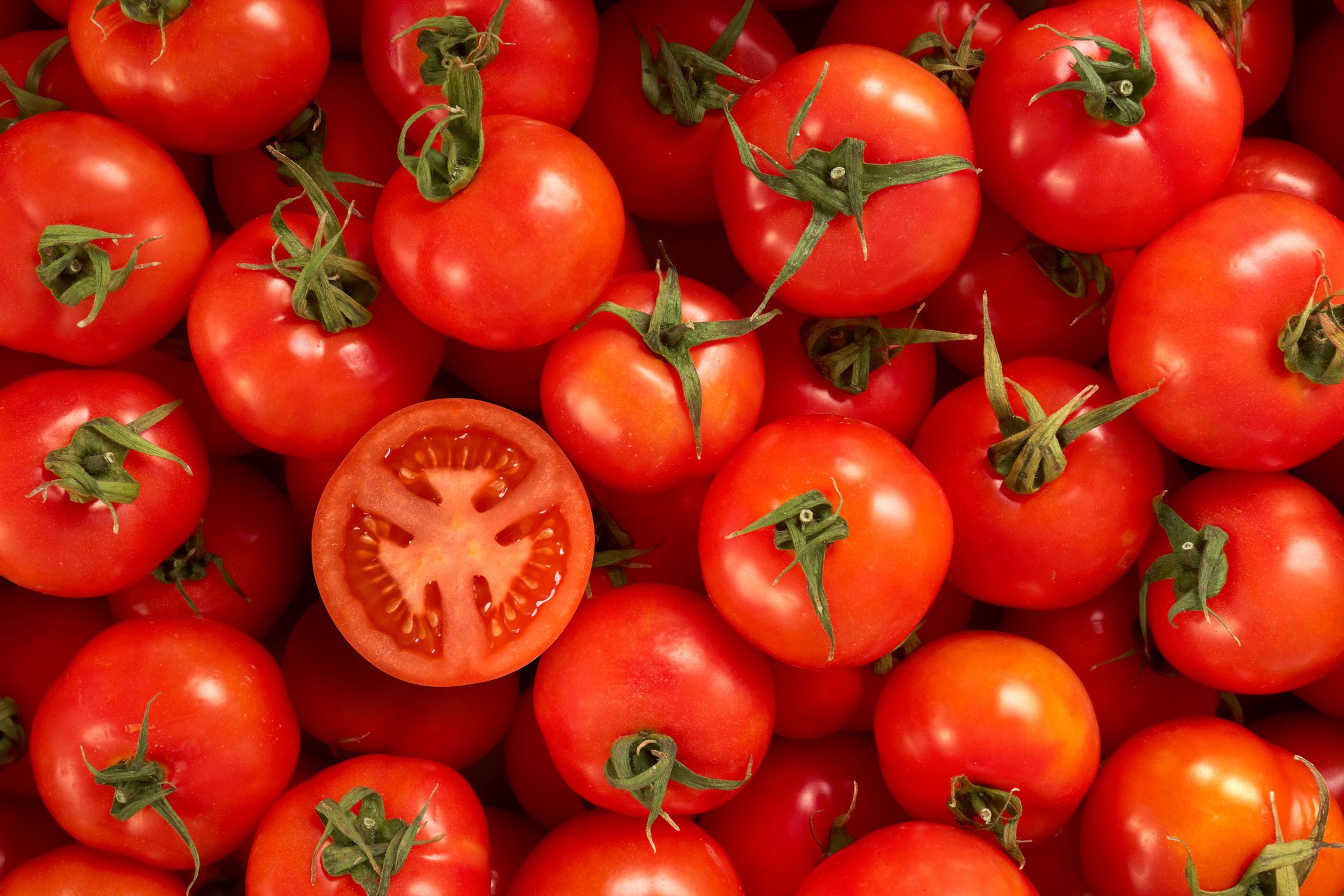
Tomatoes have their origins in Mexico and were among the first food items imported to Europe — including Iceland — from the Americas following the voyages of Christopher Columbus beginning in 1492. They are grown in geothermal greenhouses in Iceland. The greenhouses of Fridheimar, an hour east of Iceland’s capital Reykjavik, produce 370 tons of tomatoes each year.
Corn in Africa
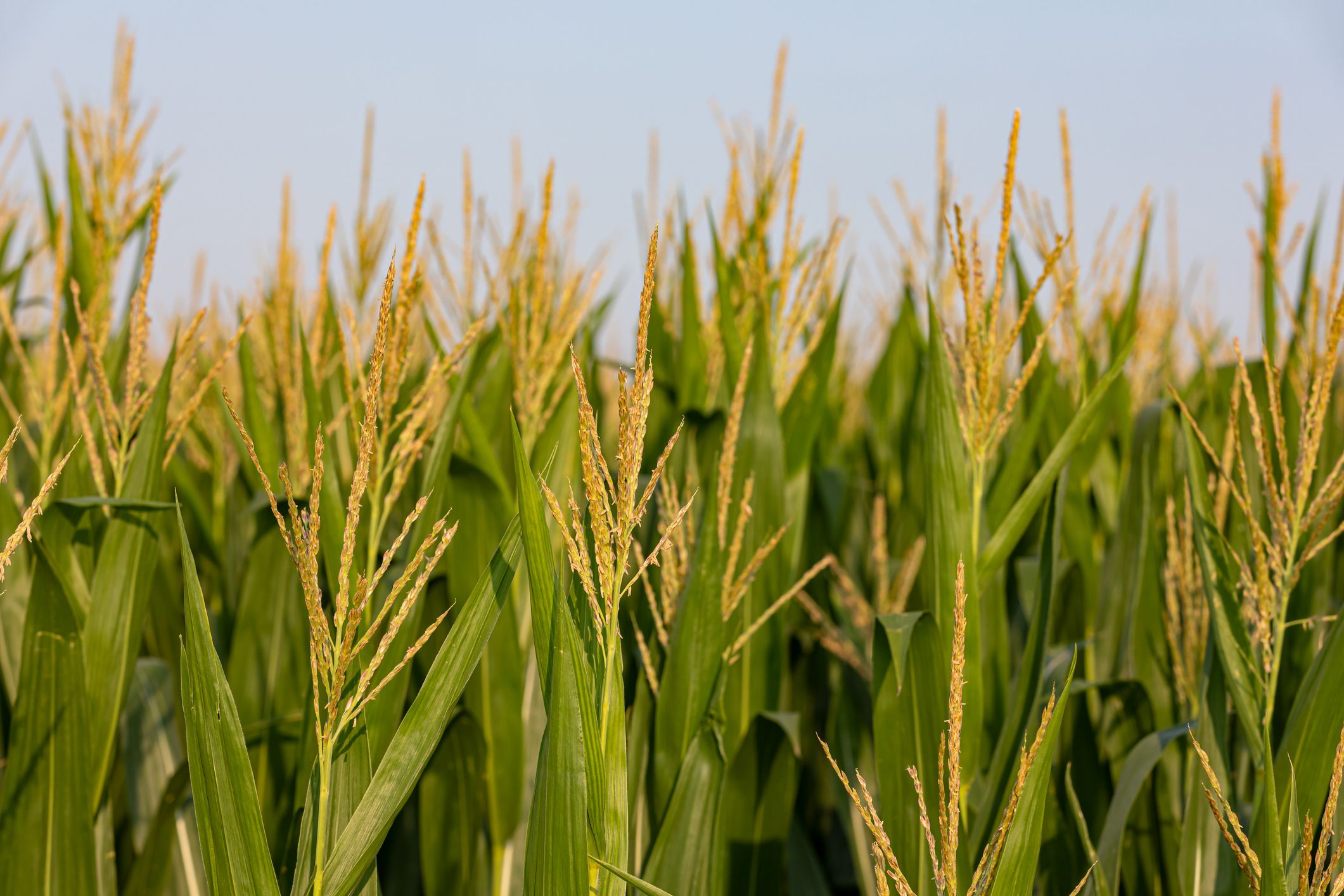
When we think of corn, we think of the food provided by Native Americans to the Pilgrims at the first Thanksgiving. Before the 16th century, it was unknown in Africa. Then European colonists introduced it to that continent during the Age of Discovery. Maize was grown along the coast from the River Gambia to Sâo Tomé in the 16th century. It was considered as an important provision for slave ships between Liberia and the Niger Delta. Maize became a major part of the diet of people in eastern and central tropical Africa.
Sign up for our newsletter
Chili Peppers in Europe
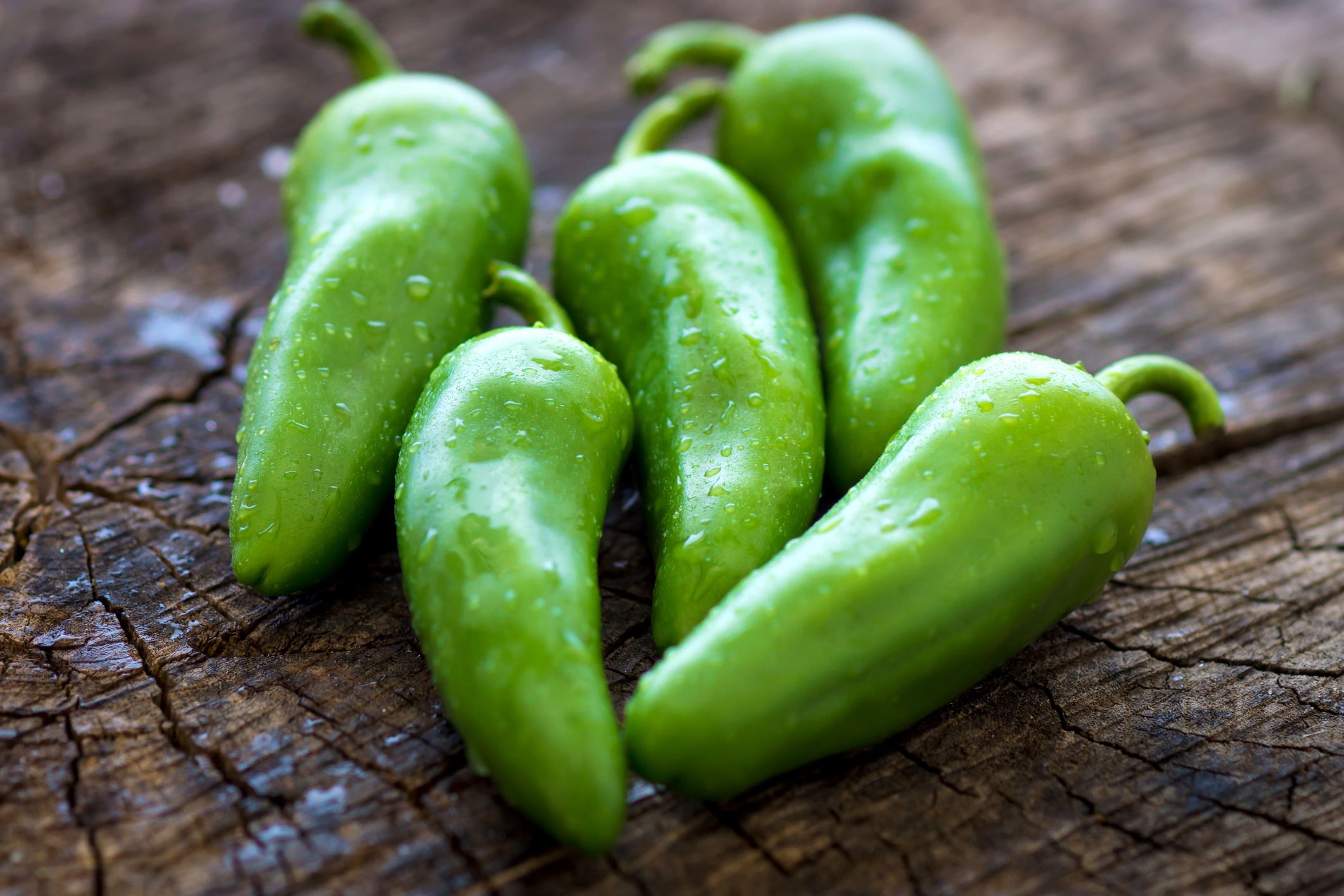
Chili peppers originated in Central or South America and were first cultivated in Mexico. European explorers including Christopher Columbus brought them to the Old World in the late 15th century, leading to the cultivation of varieties for food and medicinal purposes. Paprika, an essential to Hungarian cuisine, owes its existence to the sweet red pepper, also called the tomato pepper. The first paprika plants arrived in the Central European country in the 17th century. Spanish merchants possibly spread the chilies to Asia.
Cassava in Africa
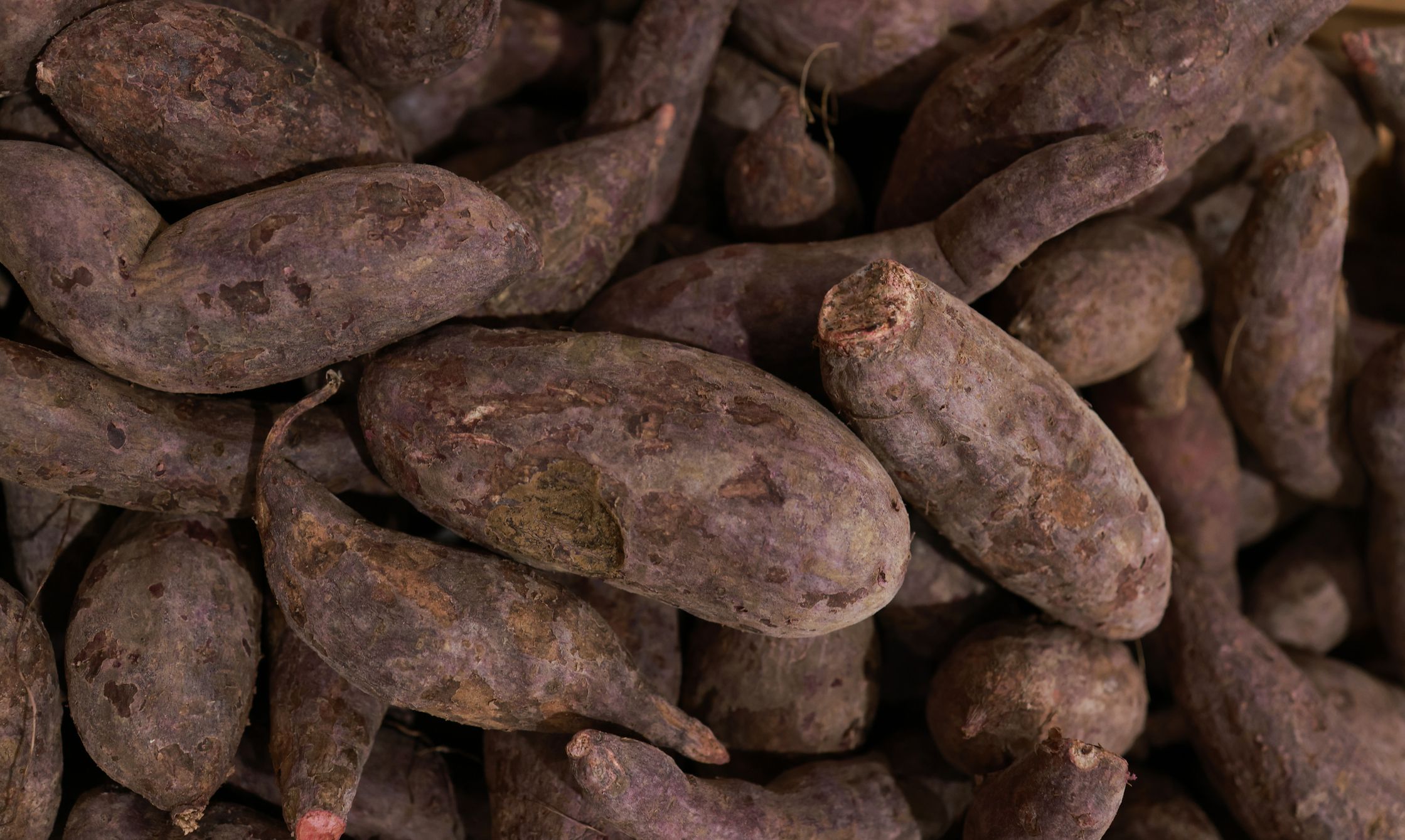
Cassava is a tuberous edible plant that was likely first cultivated by the Maya people in Yucatán in present-day Mexico. The plant is the source of flour, bread, tapioca, and an alcoholic beverage. Cassava could not be cultivated in Europe but it thrived in Africa. It was brought to that continent by Portuguese colonists during the Age of Discovery.
Cucumbers in Iceland
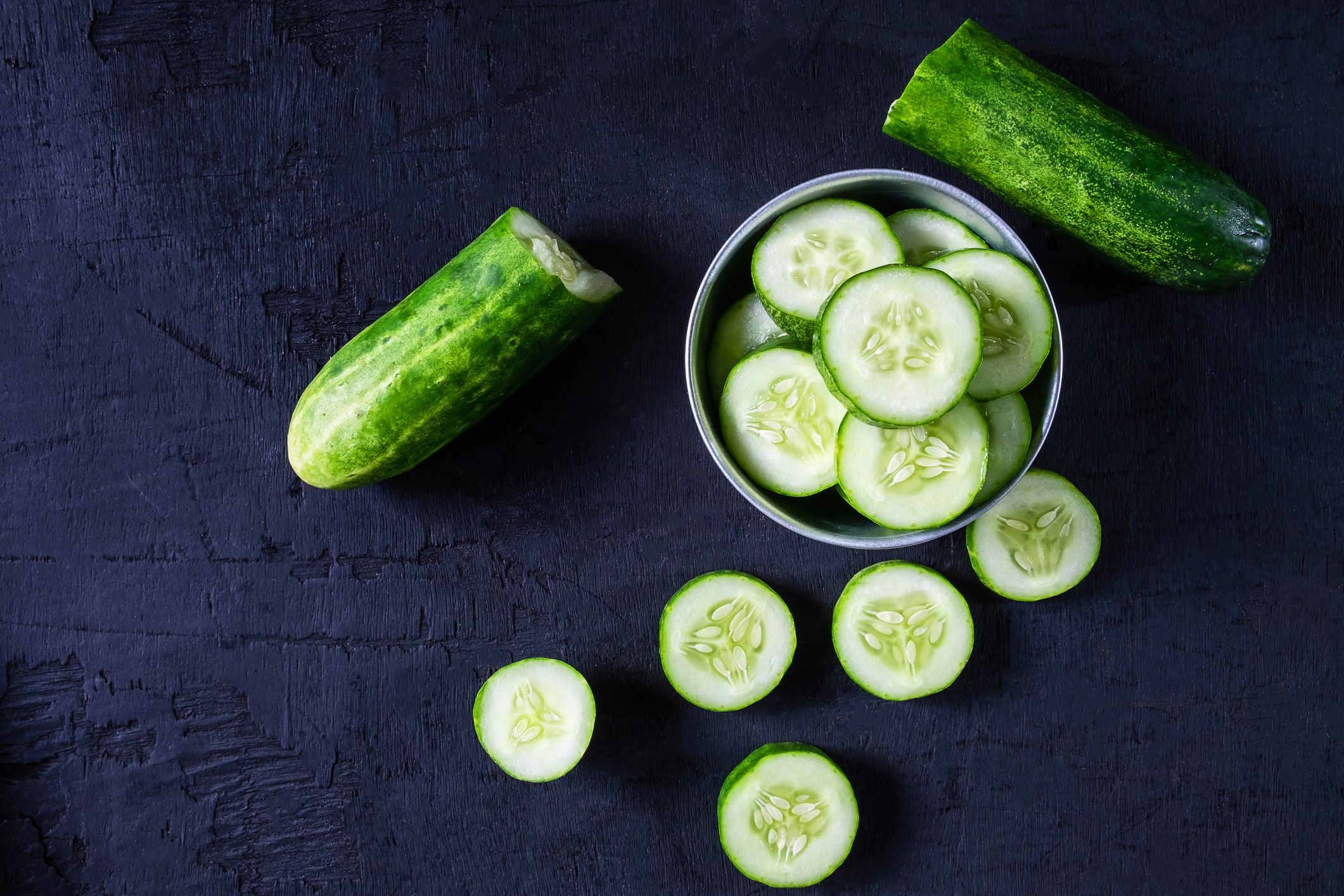
Cucumbers are warm-weather vegetables that are a staple in many of the world’s cuisines. Geothermal greenhouses in Iceland also produce the versatile vegetable. All the cucumbers grown in Iceland are eaten there, and they could not grow there without greenhouses.
Cashew Nuts in Africa and Asia
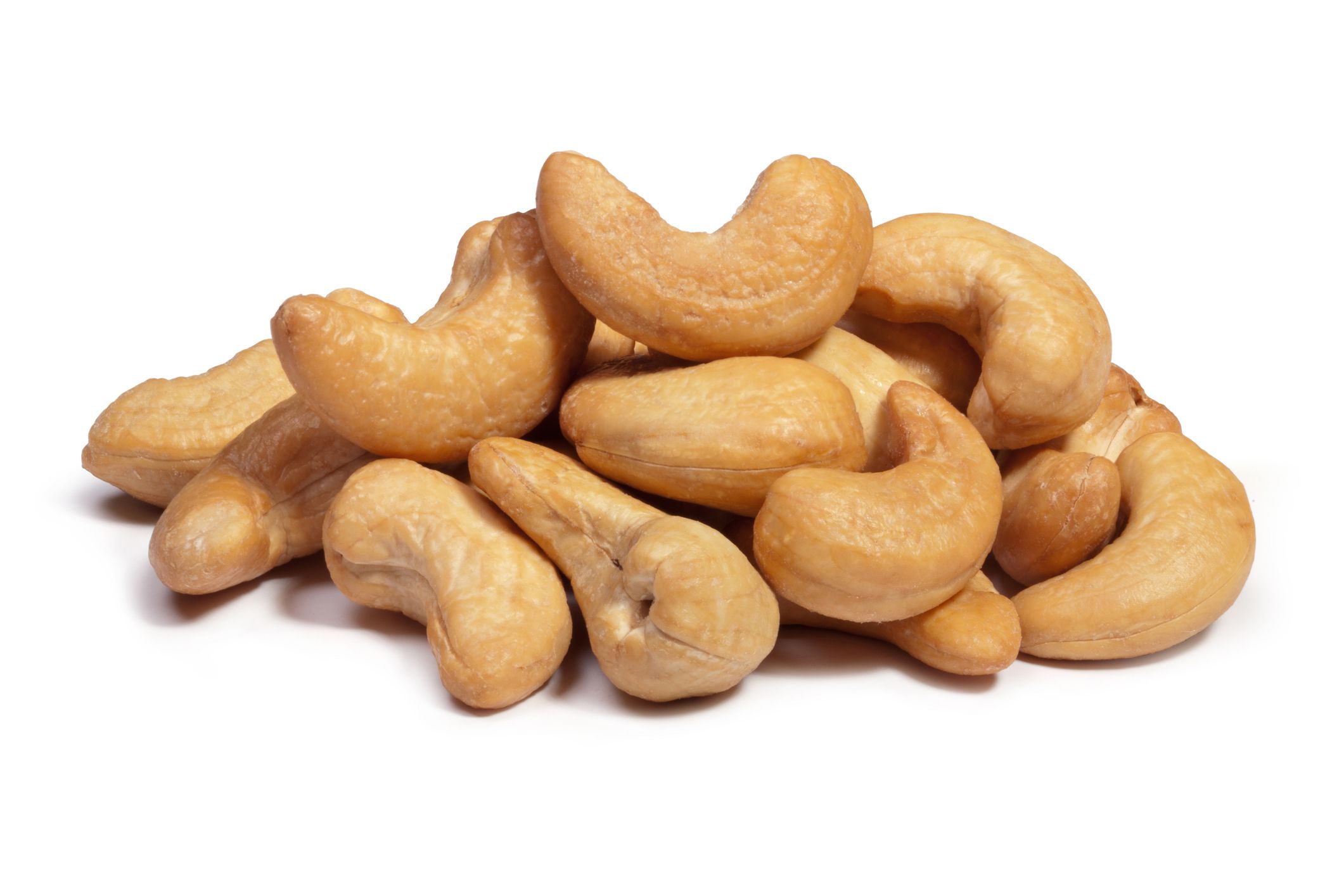
The cashew nut — native to Brazil and now grown in Africa, India, and Vietnam — is a kidney-shaped nut popular with foodies all over the world. Cashews grow as part of the large cashew fruit that grows on the tree. Only one cashew nut is produced from every fruit.
